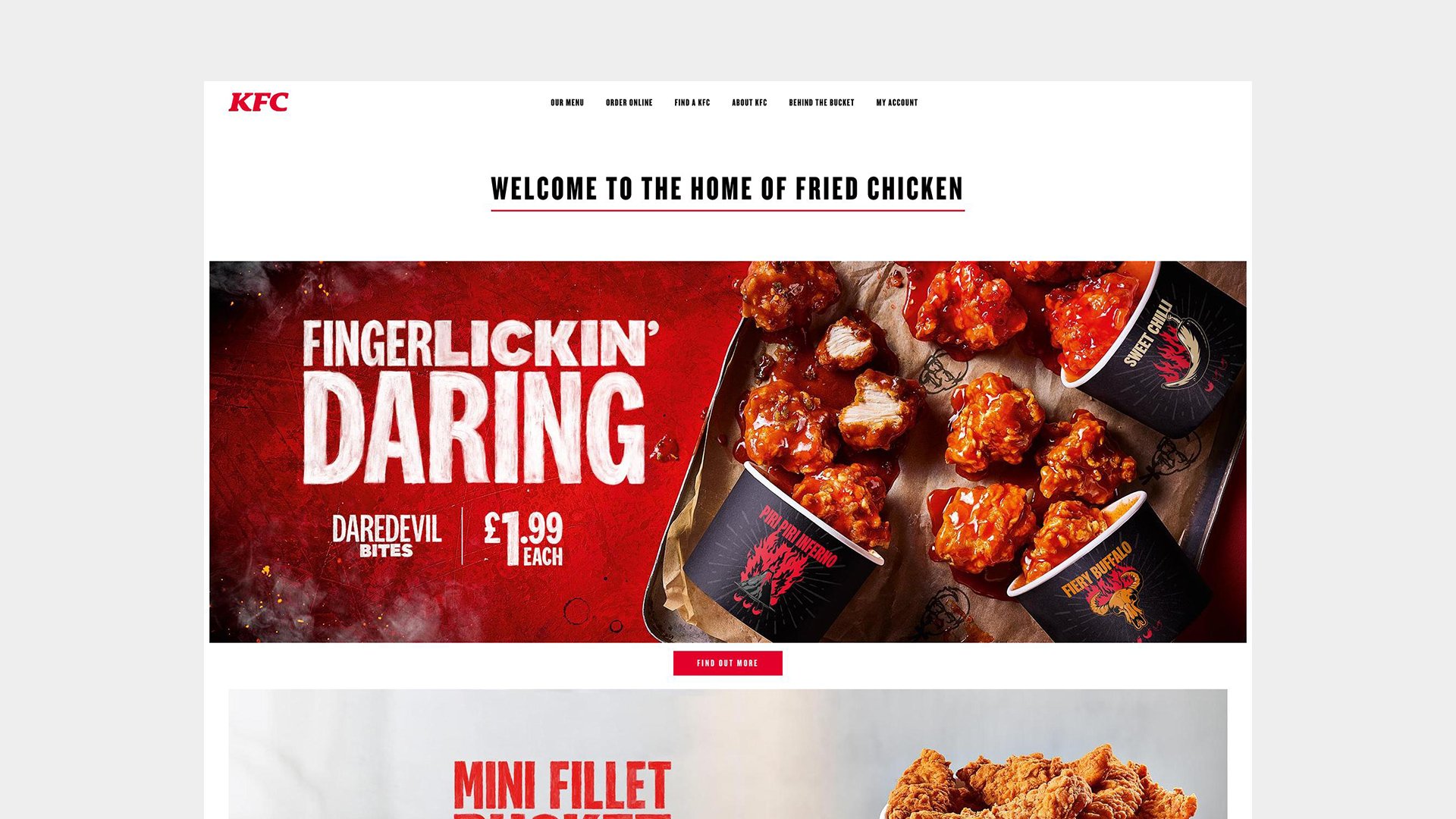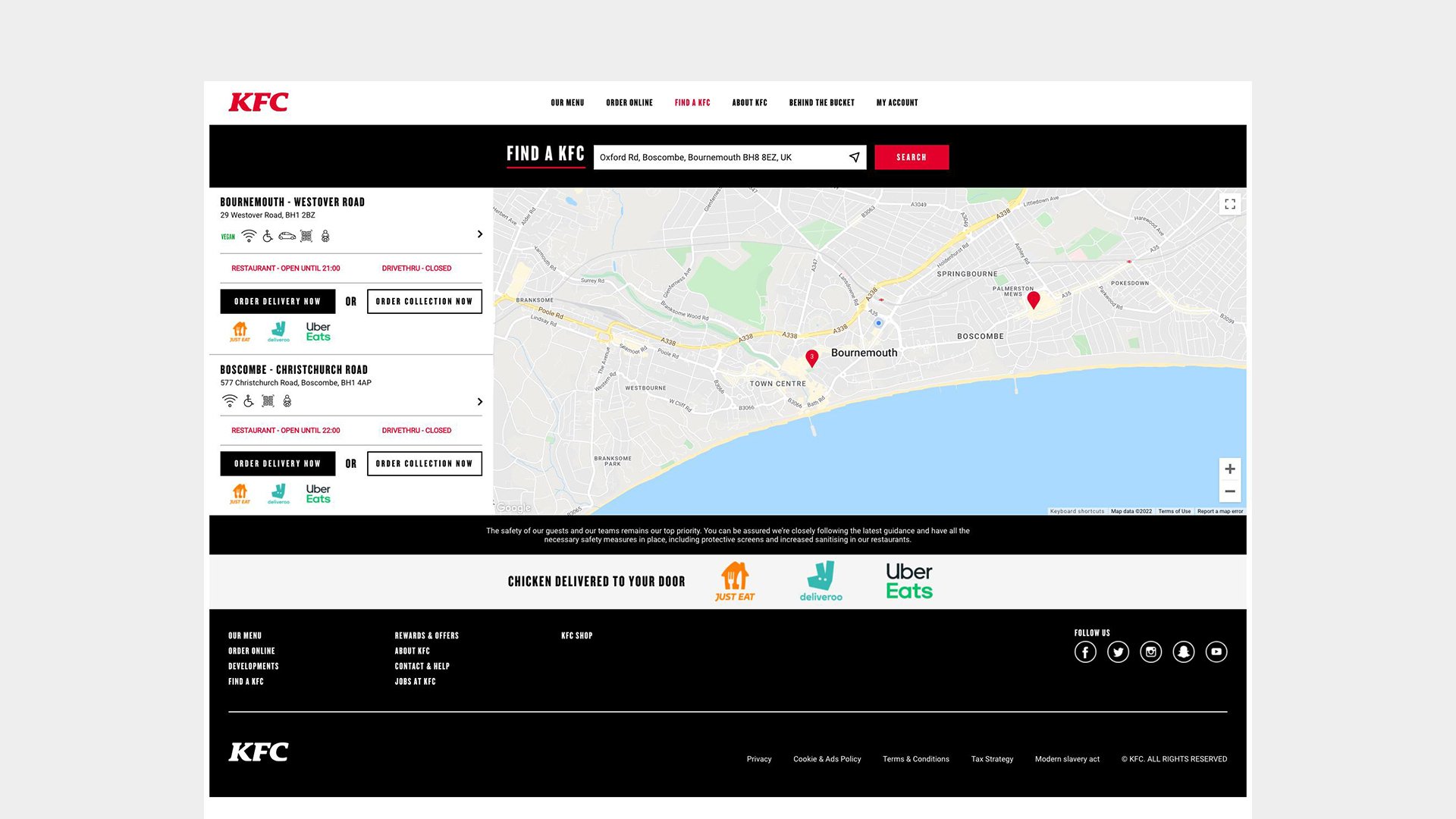Agile Marketing: Using Evidence To Create Customer Value Early and Often
“In agile marketing we create meaningful campaigns, content and creatives that customers value. We don't persuade customers to value what we create”
Agile, sprint, Scrum, Kanban. These words are not textbook language from the marketing playbook. But if you're a team looking to boost spend, reduce lead times and turn an idea into an offer in just weeks – read on.
Scan the stories in your social feeds about the latest wins and there is a common thread. The marketing teams that are cutting through are regularly testing their ideas on their customers to find new ways to create value and work out what to do next. The teams that are most responsive to people's ever-changing needs (known and unknown) are quick to reinvent the way they get things done. In short, they are agile. They are rethinking their strategy and adapting an agile mindset and approach.
“Agile marketing is simply a less stressful way to be a marketer. And that alone makes it worthwhile”
Teams like yours are under relentless pressure to prove the worth and value of your projects. Being agile makes budget sign-off conversations easier. It reduces project lead time and excessive costs. Workflows are more adaptable. Teams are able to leverage evidence-based learnings throughout the process to reflect and refine. Agile marketing is not another buzzword dreamt up on a white board. It's a proven tactic. But what does it actually mean and how will it make your life less stressful?
What Is Agile Marketing?
Let's cut to the chase. Agile marketing isn't new. It's an approach that has a foothold in the agile methodologies used in software development. Let's walk you through what it means in a marketing context and how it helps you faster respond to opportunities and risks.
We like these explanations from HubSpot, Adobe and the Agile Alliance.
“Agile marketing is a strategic approach that focuses on quickly executing projects by working in short sprints. It makes room for marketers to shift their focus, adapt to customer needs, and change priorities alongside expectations”. (HubSpot)
“Agile marketing is simply a less stressful way to be a marketer. And that alone makes it worthwhile” (Adobe)
“Agile is the ability to create and respond to change. It is a way of dealing with, and ultimately succeeding in, an uncertain and turbulent environment” (Agile Alliance)
Agile marketers think and work differently. The focus is on collaboration, experimentation, iterative and incremental improvements. Try something you think might work, get feedback, and adjust accordingly. Teams use short sprints to manage projects. Progress is evaluated at the end of each sprint to continuously and incrementally improve the results over time. Ideas are tested on customers and feedback and performance metrics can change goals and project deliverables.
Depending on what you want to achieve, the campaign manager, creative and media teams, copywriters, analytics, SEO and PPC leads, website developers, UX designers, Scrum or Flow Masters all come together.
Creating Customer Value Through Evidence
In agile marketing we create meaningful campaigns, content and creatives that customers value. We don't persuade customers to value what we create. We do this through evidence: data, insight and feedback. The focus is on the 'why' – why is the campaign / content / creative responsive to customers?
Using The Evidence – Specsavers
How do we help our customers quickly find a pair of glasses that's perfect for their face shape, without having to first try on half the store? Specsavers turned to our design, digital and research team to deliver the answer. Adopting an agile approach, we created the UK’s first facial analysis mobile app.
The app uses facial recognition technology, combined with customer data (age, gender, shopping habits etc.) to make it easier for customers to find the perfect pair. But agile is about more than digital products. By integrating eCRM in the app, engagement isn't lost. Customers receive an email if a new frame is launching that might be perfect for them.
The result? The app delivered a 850% return on investment and customers are no longer in search of a mirror.
As we just mentioned, agile is about more than digital transformation. The approach can be applied across your activations. Teams can simultaneously run hundreds of projects from advertising campaigns to email to product development to PR to social and everything in between. Being agile pays. As Deloitte discovered, 58% of global consumers remembered a brand that quickly pivoted in our new normal and 82% wanted to do more business with them as a result.
Marketing teams traditionally invest in big-bang projects that are designed upfront with little room for change once the wheels are in motion. The focus is often on the 'what' and 'how'. Creative and spend are committed so far in advance it makes it difficult to change tack. Deliverables are pre-determined and planning stretches out over months. Agile is different. Let's take a deeper dive into the agile marketer's mindset.
The Agile Marketer's Mindset – 5 Values
The mindset is rooted in the values and principles of the Agile Marketing Manifesto.
Focus on customer value and better outcomes – do the 'right thing' – don't just do lots of things for the sake of it. Focus on improving outcomes for the customer and your business.
Be bold and deliver customer value early – use data, insights and feedback (customer and campaign metrics) and leverage the learnings to quickly create value. Don't wait for everything to be perfect.
Value evidence over opinion - be experimental, test, analyse and measure the data to make evidence-based marketing decisions
Break down silos - value everybody's ideas on how to better meet the needs and wants of your customers. Silos just mean tribes get more tribal.
Embrace change - we live in a fast-changing world - iterating and accommodating change is more valuable than following a static marketing plan.
How To Go Agile – KFC
KFC's hungry, savvy digital customers know what technology can do for them. Over the past five years, we've helped the business shift to an agile approach to meet and beat those expectations. Everything started with the killer question. How do we shift to agile and bring the whole business with us?
The place to start is often the technology team. KFC turned to us to help accelerate and scale the agile transformation of the company - in the UK and EMEA. We first put together the roadmap and helped to build a dedicated team to kick start the transformation, and take back control of its technology. The five-strong digital team has since become a distributed, cross-functional team of around fifty.
The result? Over the past five years, we've helped KFC deliver customer value early and often. Projects have included everything from building the infrastructure to connecting all restaurants to digital menus to integrations with Deliveroo, Uber and JustEat to rolling out a web ordering service for collection and delivery.
Agile Marketing Options - Scrum vs Kanban, Know The Difference
Scrum
Scrum is cyclical, pushing tasks into production periods known as sprints
Sprints are fast-paced cycles and can be set to a length of anywhere between 1 and 4 weeks
It supports incremental delivery, with self-organising teams producing a set of priorities within a sprint
Agile ceremonies such as huddles, sprint planning and retrospectives are fundamental, helping the team keep on top of tasks, communicate frequently and build in recurring learning points
Rapid feedback loops with project stakeholders, the delivery team and customers are common place
Close collaboration and self-autonomous teams are crucial
Kanban
Kanban doesn't work to fixed delivery windows like sprints. The aim is to pull tasks into the delivery process and work through these to point of completion and deployment
Three development phases at a minimum are required
More phases can be added depending on how your team wants to work. There is often value in breaking down the “In progress” stage into more granular steps to help track progress
Tasks are listed as cards, moving from left to right with a focus on a workflow that fits the way a team want to deliver functionality
The basics can be achieved simply using a whiteboard and post-it notes, or software such as Jira, monday.com and Wrike all offer Kanban functionality.
The board, whether in a tool like Jira or physical, is fed by a backlog of tasks. This becomes a priority list of functionality that can be pulled in once ready
Projects go live when the team is ready and the cards are marked as being ready
Kanban is ideal where continuous delivery is important with less focus on roles and events.
Which is the right framework for you?
The framework that our team selects is guided by project requirements. In an upcoming post we discuss how to choose the right framework for you. Keep an eye out for this one.
It's a Wrap
That's plenty to think about for now. Let's recap. Adopting an agile approach to your marketing means you are able to deliver customer value quickly and often. There is no big-bang or a commitment to spend and create so far in advance that it’s difficult to rethink / tweak what you're doing to get more value.
By using the evidence: data, insights and feedback, agile marketing teams are able to improve the effectiveness of projects. Delivery teams are collaborative. Daily updates, constant communication, regular testing and team feedback at the end of each sprint means that any issues and roadblocks are flagged and dealt with.
But, We're Already Agile?
There are always improvements that even the most prepared teams can make to boost spend and deliver better outcomes. As McKinsey found, digital leaders who only see limited room for improvement, have experienced a spike in revenues of between 20% and 40% by being more agile.
What's Next?
Thinking about going agile? We'd love to chat about what's next for your brand. Get in touch here.




